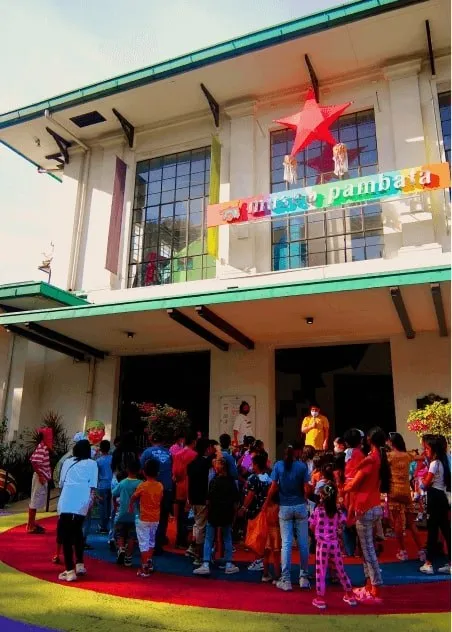Eco-Friendly Hygiene Alternatives & Where to Get Them

Caring for yourself doesn’t have to hurt Mother Earth. If you’re looking to be more sustainable – or maybe just looking for affordable alternatives – consider these eco-friendly items you can use to replace ones you already have. Trust us, they’re just as good – if not better – and are kinder for the environment too!
Menstrual Cups
Having your period can be troublesome. If you’re worried about period products limiting your clothing options or mobility, consider switching over to menstrual cups. This option allows you better movement and freedom and is much more environmentally friendly.
A single menstrual cup can be reused for up to two years, creating less waste than traditional sanitary products (most of which are made with synthetic and thereby non-biodegradable material). In the long run, the cost of a single menstrual cup is also much less than two years’ worth of sanitary pads or tampons.
Those who want to try it out can check out Sinaya, a leading menstrual cup brand in the Philippines. With over 40,000 customers, Sinaya has diverted over 8 million sanitary pads from ending up in landfills, and continues to advocate for both sustainability and menstrual freedom.
Visit the Sinaya website
Shampoo Bars
What do you do with your shampoo bottle after all the shampoo has been used up? For most people, the answer is: to simply throw it away. If you’re feeling a little guilty about that extra waste, then we suggest shifting to shampoo bars. Often packaged in paper, shampoo bars can last just as long as regular shampoos but are a more environmentally friendly option (they also take up less space in your shower!).
A fantastic option for shampoo bars is Ecoshift’s line of naturally made bars. They have a variety of options that cater to different needs such as: sensitive scalp, dandruff care, hair fall defense, color protect, and volumizing. Each bar is also made with delicious smelling ingredients such as tea tree oil, patchouli, clementine oil, and cinnamon.
Visit the Ecoshift website
Crystal Hair Remover
Waxing and shaving are popular options for hair removal, but if you haven’t tried a crystal hair remover yet, you definitely should. It might change your mind about what your favorite method is.
A crystal hair remover, like the one from Nail Staple, is both a hair remover and an exfoliator. To use, simply rub it gently against the target area (such as legs or arms) in circular motions. While it’s not recommended for use on armpits or the bikini area, it does a fantastic job everywhere else, with zero waste afterward. All you have to do is wash it and let it dry before it’s ready for another session.
Visit the Nail Staple website
Bamboo Cotton Buds

Because most cotton buds are made of plastic, there’s a likelihood that the ones you used years ago are still sitting in a landfill somewhere. Fortunately, there are more alternatives these days, among which are bamboo cotton buds, made with earth-friendly materials that are meant to biodegrade.
Eco Warrior’s bamboo cotton buds are made with sustainable bamboo and organic cotton, making them a safe and healthy choice for your ears. Due to their materials, each bud is 100% biodegradable and comes packaged in cardboard, not plastic – proof that small changes make the biggest difference.
Visit the Eco Warrior's website
Reusable Makeup Remover Pads

Makeup remover wipes are convenient, but let’s face it, they’re not very eco-friendly. Fortunately, there are reusable options that can be used more than once. Body Shop’s Clean Conscience Reusable Makeup Remover Pads come sold as a set of seven and are made with bamboo and organic cotton. They quickly and effectively absorb makeup removers, oils, and butter to make cleanup that much easier.
After use, soak the pads in warm water to clean any residue, then pop them in the laundry at the end of the week. Voila! They’re ready for use again; no waste is created.
Visit the Body Shop website
Get the latest curated content with The Beat Asia's newsletters. Sign up now for a weekly dose of the best stories, events, and deals delivered straight to your inbox. Don't miss out! Click here to subscribe.



































